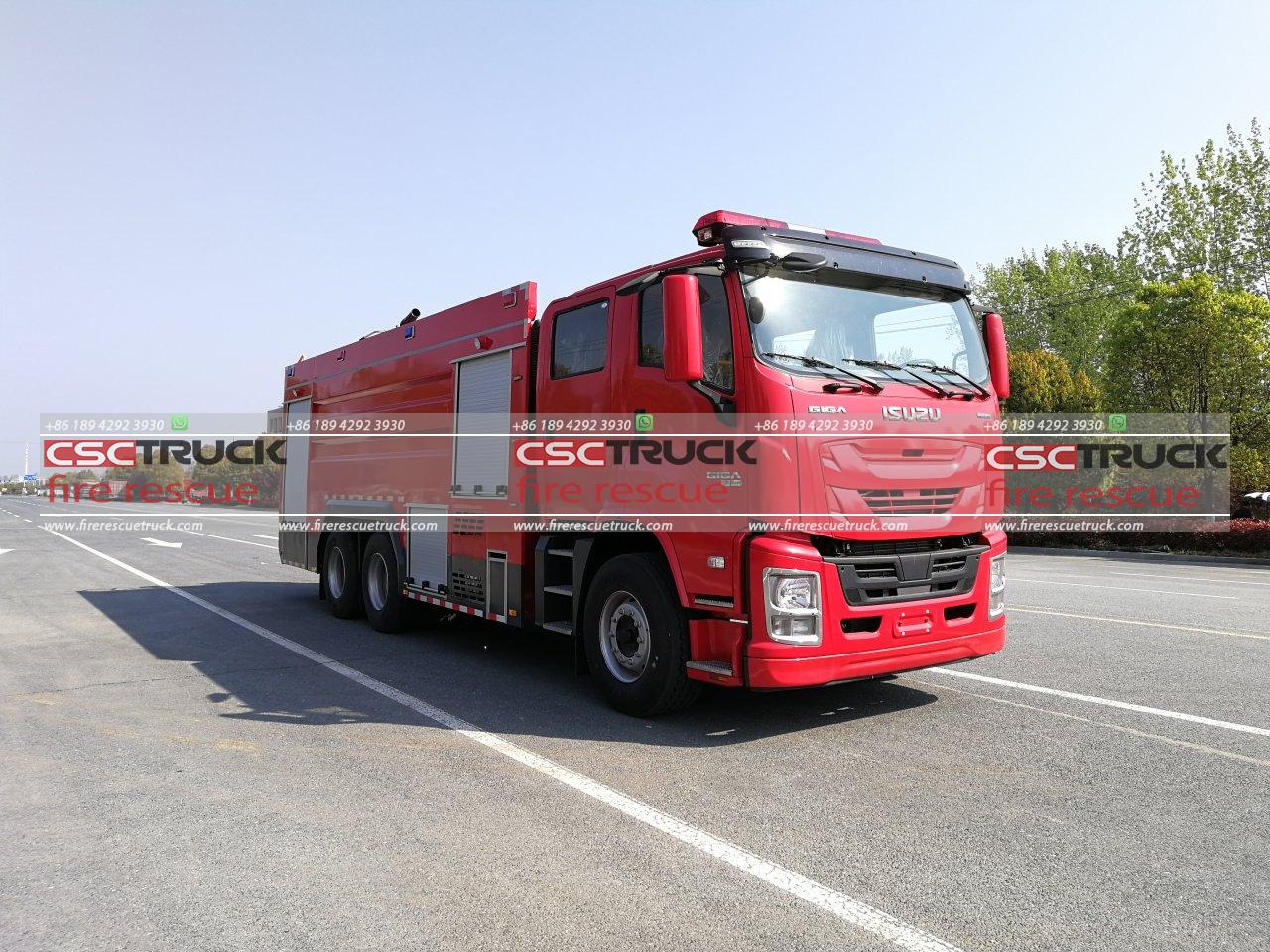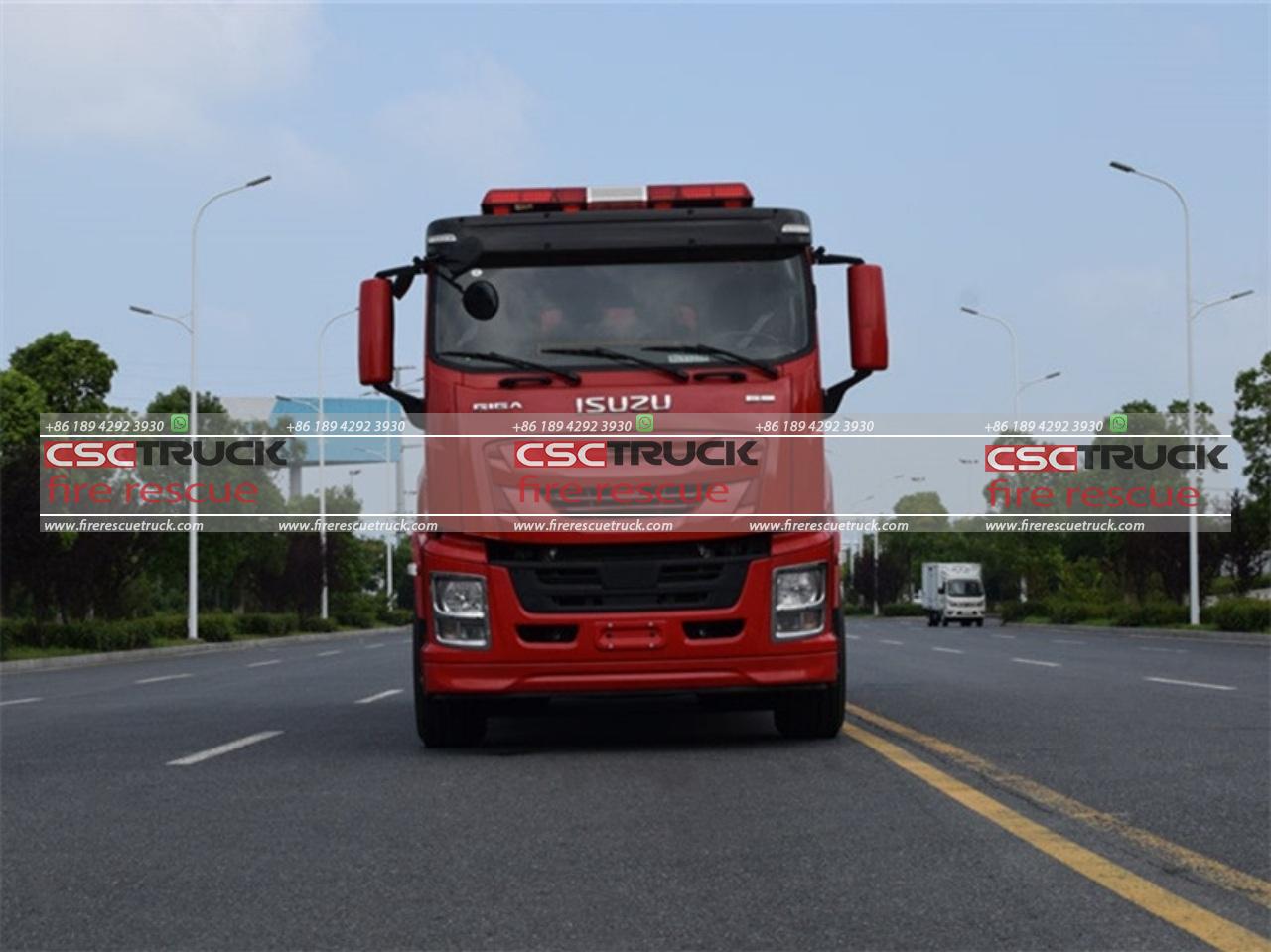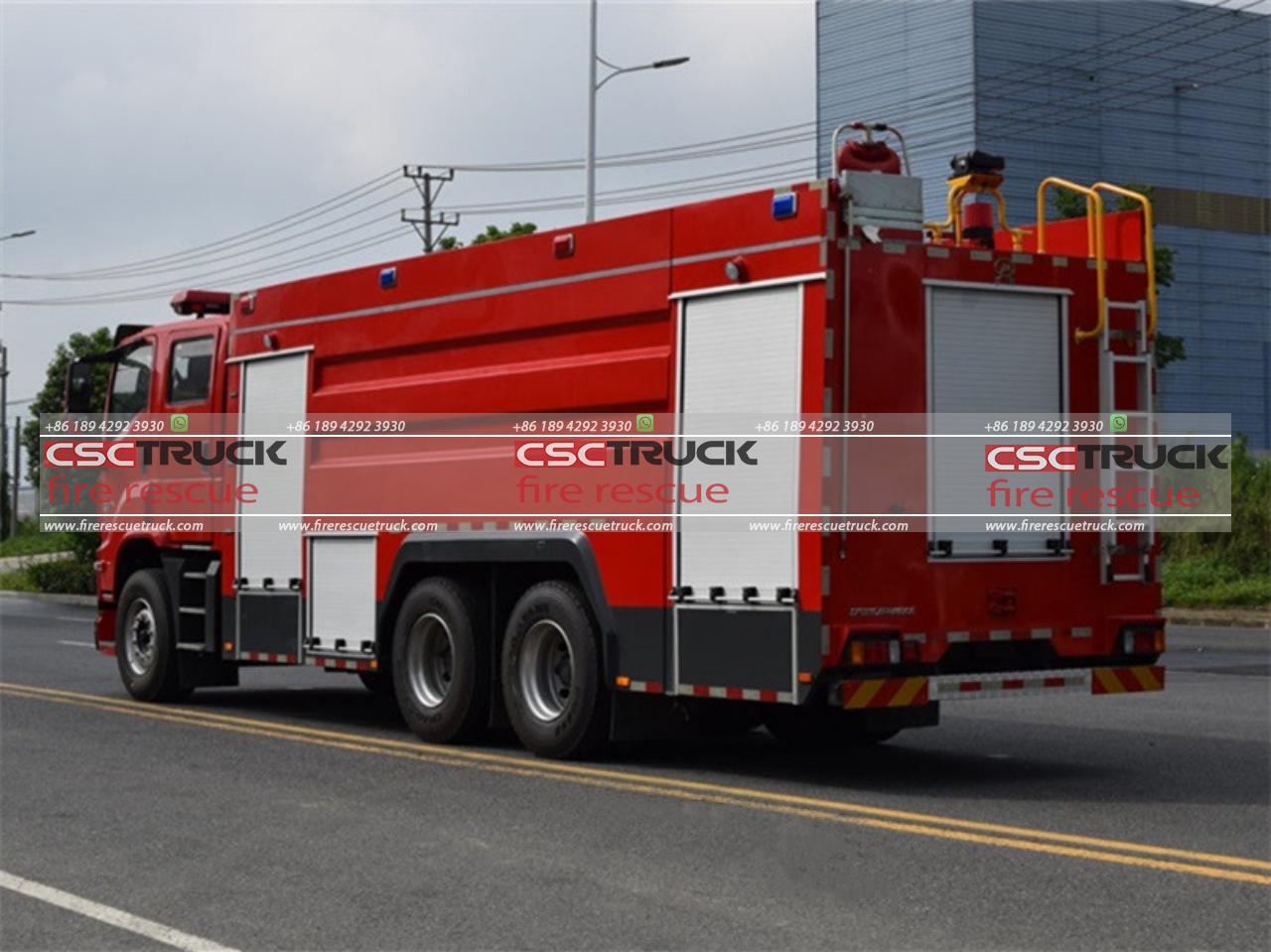A fire truck—also known as a fire engine or fire apparatus—is an essential vehicle in modern firefighting. These specialized vehicles are designed to carry firefighters, water, and equipment to respond to emergencies, particularly fires. However, fire trucks are versatile and play critical roles in other types of emergencies such as rescues, medical emergencies, and hazardous material incidents.
Fire trucks are iconic symbols of public safety, easily recognized by their bright colors (usually red, yellow, or white), loud sirens, and flashing lights. They are specially built with features that enable firefighters to perform their job effectively in challenging situations. The evolution of the fire truck reflects the changing nature of firefighting itself, from the early use of hand-pulled hose carts to the sophisticated vehicles used today.
In this article, we will dive deep into what defines a fire truck, the different types, their components, and the role they play in emergency response.
Key Characteristics of a Fire Truck
At its core, a fire truck is defined by its role in fire suppression and emergency response. Fire trucks vary widely in size, design, and function, but they typically share several key characteristics:
1. Water Supply System: Most fire trucks are equipped with water tanks and pumps, allowing them to supply water directly to a fire. A typical fire truck may carry anywhere from 500 to 1,500 gallons of water, which can be pumped through hoses to extinguish flames.
2. Hose and Nozzle System: Fire trucks carry a variety of hoses that allow firefighters to apply water or foam to a fire. These hoses are connected to hydrants or the truck’s water tank and are operated using nozzles that control the flow of water.
3. Ladders: Aerial ladders are a distinctive feature of many fire trucks. These ladders can extend to reach high places, such as upper floors of buildings or rooftops, allowing firefighters to perform rescues or gain access to hard-to-reach areas of a fire. Some fire trucks, called aerial ladder trucks, are primarily designed for this purpose.
4. Emergency Lighting and Sirens: Fire trucks are equipped with flashing lights and sirens to alert traffic and pedestrians when responding to an emergency. These visual and auditory signals allow the fire truck to navigate through congested areas quickly and safely.
5. Storage for Equipment: Fire trucks are designed to carry a wide array of firefighting and rescue equipment. This can include axes, thermal imaging cameras, breathing apparatus, fire extinguishers, hydraulic rescue tools (like the “Jaws of Life”), and medical supplies.

Types of Fire Trucks
There are several types of fire trucks, each designed for different roles within the broader scope of firefighting and rescue operations. Understanding the different types of fire trucks helps clarify the full spectrum of their capabilities.
1. Pumper Truck (Engine Company)
A pumper truck, also known as an engine, is the most common type of fire truck and is primarily used to pump water into a fire. These trucks are equipped with water tanks, pumps, hoses, and a variety of firefighting tools.
– Water Tank: As mentioned earlier, the water tank typically holds between 500 and 1,500 gallons of water.
– Pump: The truck is fitted with a powerful pump that can move water from the truck or a nearby fire hydrant to the hoses.
– Hose Lines: Pumper trucks carry several hose lines, which can be deployed by firefighters to apply water to the fire.
The pumper truck is often the first vehicle dispatched to the scene of a fire, and it plays a crucial role in establishing a water supply and applying the first streams of water to contain the blaze.
2. Aerial Ladder Truck
An aerial ladder truck, often referred to as a “ladder truck,” is primarily designed for height-based operations. This truck is equipped with an extendable ladder that can reach the upper floors of buildings or be used to rescue people trapped at height.
– Aerial Ladders: These can extend to lengths of 100 feet or more and are often equipped with a waterway to allow for fire suppression from an elevated position.
– Stabilizers: To support the weight of the ladder and ensure safe operations, these trucks have hydraulic stabilizers that are deployed when the ladder is in use.
In addition to ladder operations, aerial ladder trucks carry a variety of rescue and firefighting equipment, making them versatile in emergencies involving high-rise buildings or difficult-to-reach areas.
3. Rescue Truck
Rescue trucks are specialized fire trucks designed to carry equipment for technical rescues. These trucks are stocked with tools and equipment used in various types of rescues, such as vehicle extrication, confined space rescue, or building collapse situations.
– Extrication Tools: Commonly known as the “Jaws of Life,” these hydraulic tools are used to free individuals trapped in vehicles following a crash.
– Medical Equipment: Many rescue trucks also carry first-aid kits, defibrillators, and other emergency medical supplies to provide immediate care at the scene.
While rescue trucks don’t typically carry water or hoses, they are indispensable for situations that require specialized tools and technical expertise.
4. Command and Control Vehicles
These fire trucks are used by fire chiefs or other high-ranking officers to manage firefighting operations at the scene of a fire or other emergency. They are typically equipped with communications equipment, computers, and other tools needed to coordinate large-scale responses.
5. Hazardous Materials (HAZMAT) Trucks
HAZMAT trucks are specially designed to deal with hazardous material incidents, such as chemical spills, toxic gas leaks, or radioactive materials. These trucks carry specialized equipment and protective gear needed to safely respond to and contain such threats.

Fire Truck Design and Construction
Fire trucks are custom-built for their roles, and their design reflects the tasks they are expected to perform. They are built on heavy-duty chassis, often by manufacturers specializing in emergency vehicles, such as Pierce, Rosenbauer, or E-ONE.
– Chassis: Fire trucks have a heavy-duty chassis to support their size, weight, and the equipment they carry. Some of the largest ladder trucks can weigh up to 60,000 pounds or more.
– Compartments: Fire trucks are designed with multiple compartments to store all the necessary tools and equipment. These compartments are accessible from the outside and often have roll-up doors for easy access.
Conclusion
A fire truck is much more than a vehicle—it’s a highly specialized tool for emergency response. The modern fire truck is the result of centuries of evolution, with innovations in firefighting technology continually improving the speed, efficiency, and safety of fire response. From pumper trucks to ladder trucks to HAZMAT vehicles, each type of fire truck plays a specific role in ensuring the safety of the public and the effectiveness of fire departments. Together, they form the backbone of emergency services, standing ready to respond at a moment’s notice to any crisis that arises.








